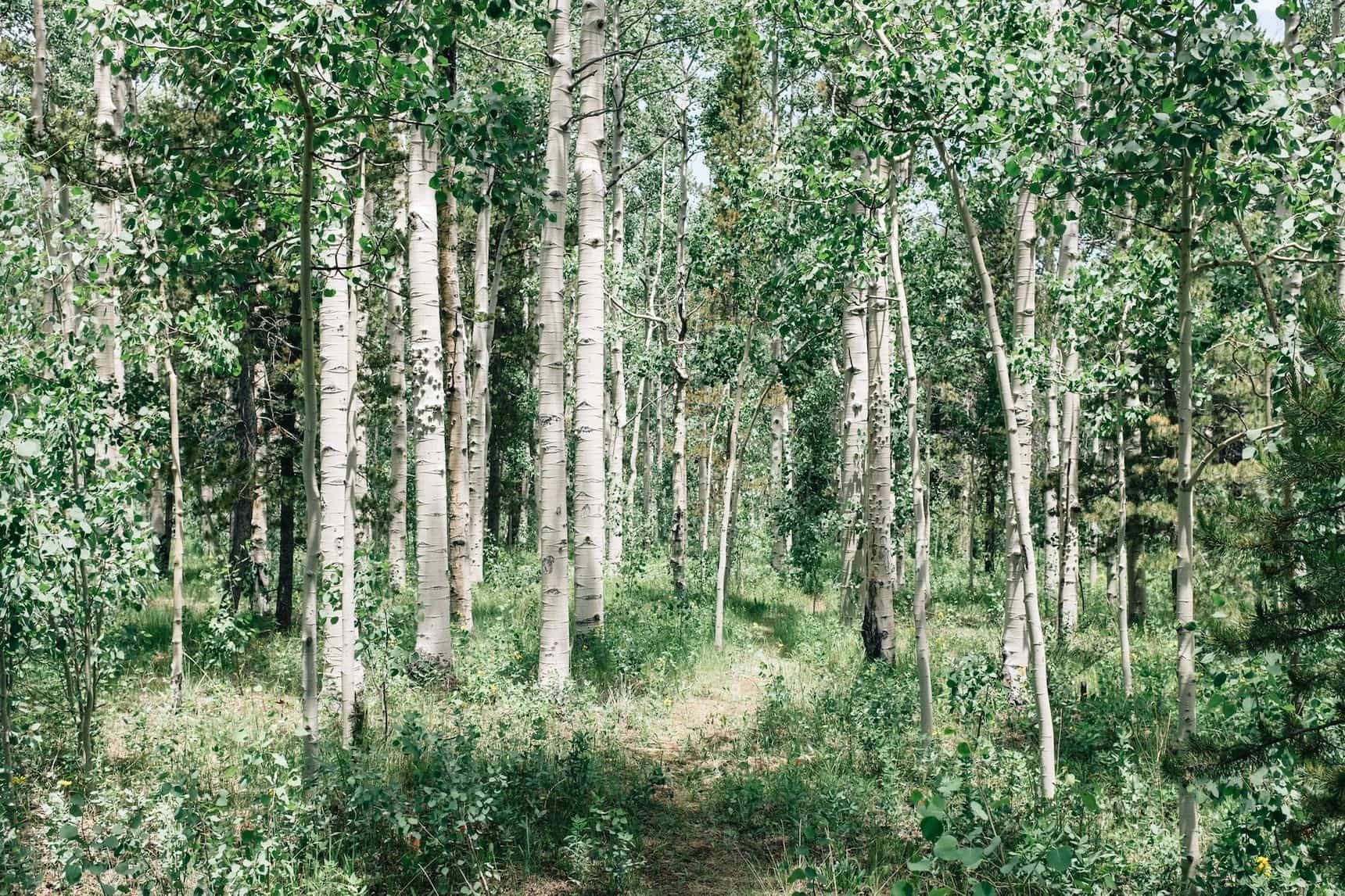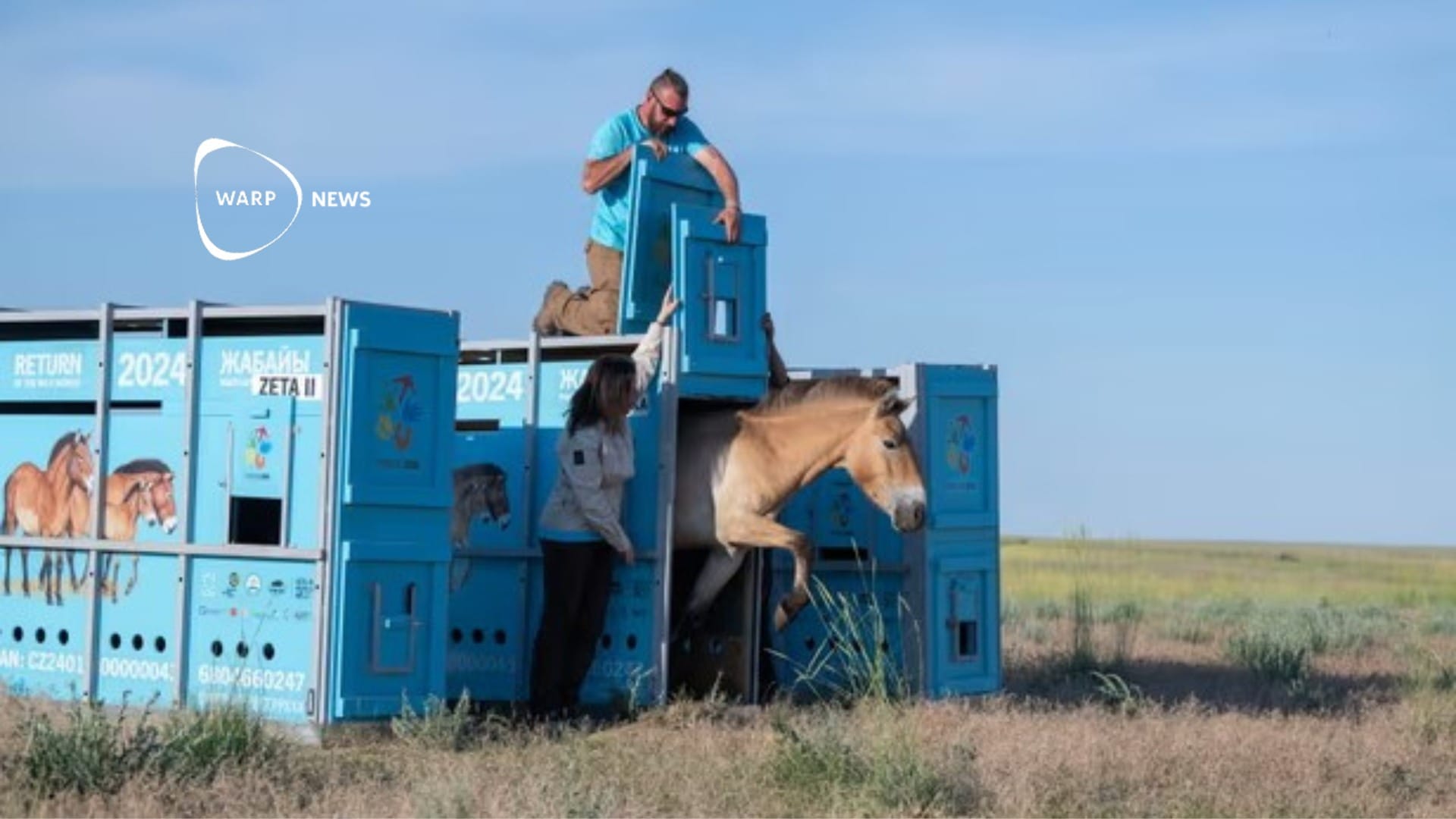
🌳 Crushed rock might reduce the CO2 in the atmosphere
This startup is putting its faith in spreading crushed basalt rock on the ground in forests and on farmlands in order to reduce the carbon dioxide already in the atmosphere.
Share this story!
Because of the climate crisis, and the need to absorb the carbon dioxide already in the atmosphere, many startups are focusing on reforestation projects to solve the problem. One startup might have a solution that can speed up the process, while taking some of the pressure away from finding enough space to be able to plant the massive amount of trees needed to suck the CO2 from the air.
The Future Forest Company is trying something different: spreading crushed basalt rock on the ground of a forest, either oak or birch, on the Scottish Island of Mull. This process is known as “enhanced weathering”. Potentially this method could capture gigatons of CO2 if used on farms or forests.
Earlier, the startup worked mainly on reforestation projects, but the team came to realise it’s not enough to only restore forests. They decided to explore enhanced weathering as an additional aid. Jim Mann, the founder of Future Forest said to Fast Company:
“The problem that you come up against with reforestation is the scale — basically, there’s just not enough land on the planet to remove the emissions we need to remove through reforestation alone.”
Fast Company explains how enhanced weathering can speed up a natural process: “When rain falls through the atmosphere, it dissolves CO2 in the air, forming a weak carbonic acid. When that hits basalt, it reacts to form a carbonate mineral that stores the carbon dioxide. By crushing the rock into a dust and spreading it out, it increases the surface area so there’s more contact between rain and the basalt, and sequestration can happen faster.”
“Effectively, when that process has occurred, the carbon dioxide is locked up for hundreds of thousands or even millions of years,” Mann says.
Earlier trials suggests that the method works. However this new project is the first to test it on a much larger area. The team behind the new tests done in Scotland expects to have early results about whether or not the method works soon, but they will be running a long-term study to see if there are any unanticipated effects.
By becoming a premium supporter, you help in the creation and sharing of fact-based optimistic news all over the world.


